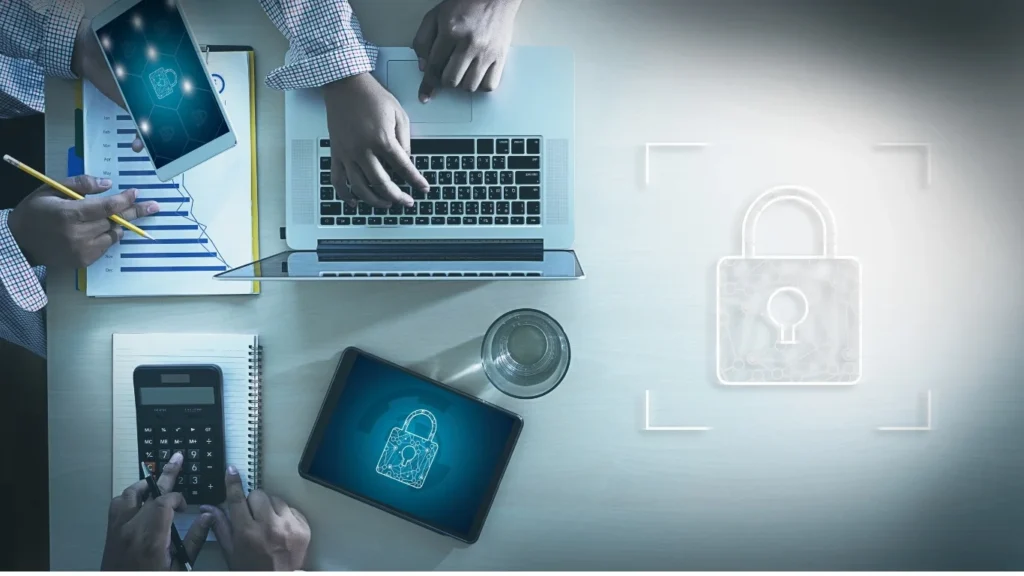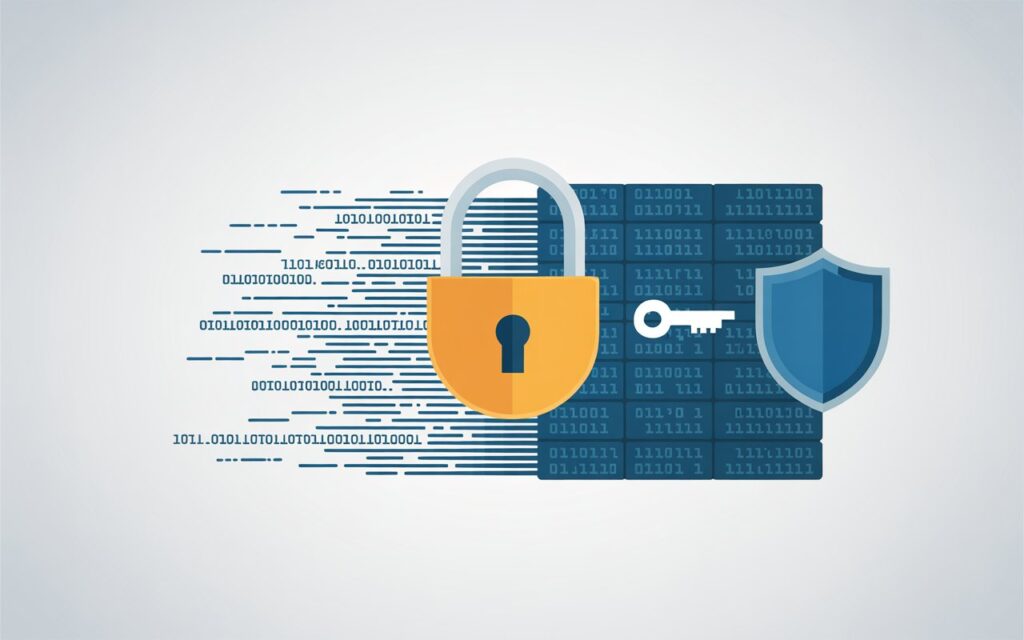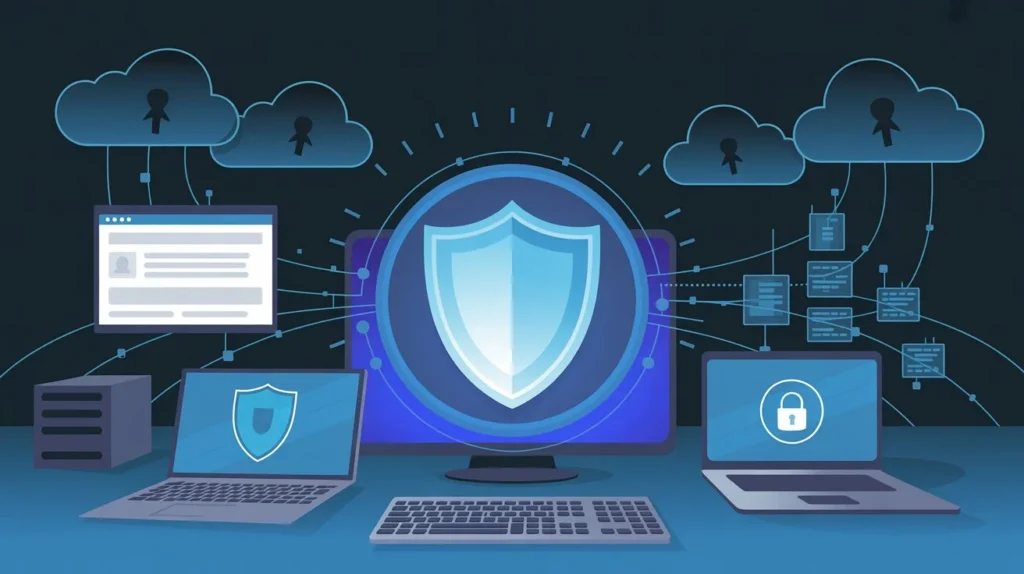
What exactly Cybersecurity Actually Do?
We live in a world where almost everything happens online from banking to chatting with friends. With this convenience comes the risk of cyber threats. Hackers, data thieves and malicious programs are always seeking how to exploit vulnerabilities. Cybersecurity can assist in resolving this issue by safeguarding our information, identity, and computer resources. It works silently in the background to protect us from digital threats. This constant protection keeps our online activities safe and secure.
What Is Cybersecurity?
Cybersecurity can be described as the act of safeguarding computer systems, networks, and data against unauthorized access or protection. It is not only about the installation of antivirus software but rather a comprehensive approach to the use of technology, processes, and people collaborating to ensure that information is safe. It is like locking your doors, installing video surveillance, and getting guards, but for the digital world.
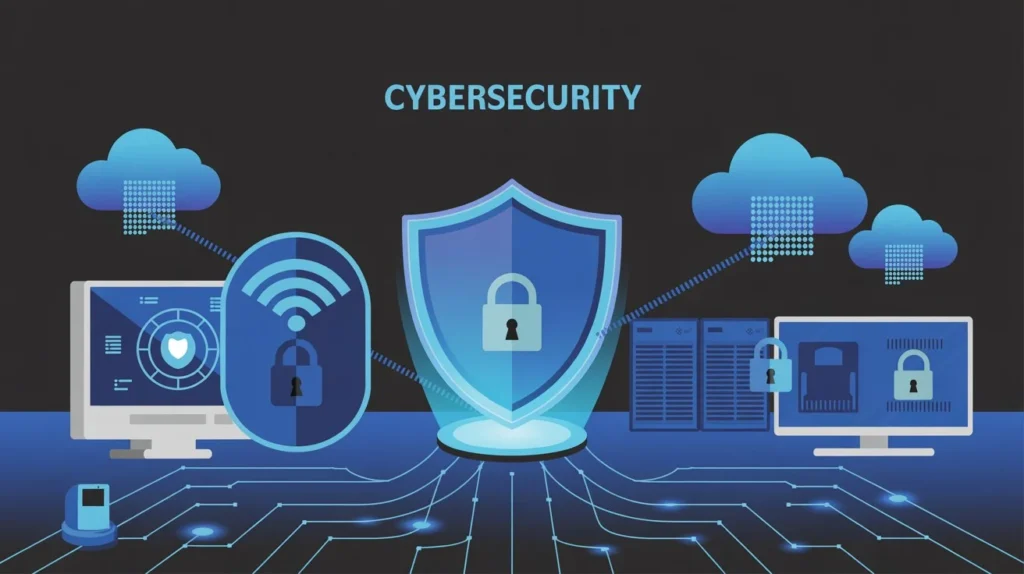
What Does Cybersecurity Actually Do?
Cybersecurity plays several roles behind the scenes to make sure your digital life runs smoothly and safely. Here’s what it really does:
1. Protects Data and Privacy
Cybersecurity provides security to personal, financial, and business data. Sensitive information is secured by encryption, firewalls and passwords which cannot be accessed by unauthorized users. Cybersecurity helps to avoid leaks and data breaches whether it is your online banking information or a company confidential file.
2. Prevents Cyber Attacks
Cybersecurity systems detect and stop threats like malware, ransomware, phishing, and DDoS attacks before they can cause harm. Modern solutions use artificial intelligence and real-time monitoring to spot suspicious activity instantly.
3. Ensures Business Continuity
In the event of a cyber attack, businesses can lose thousands (or even millions) due to downtime. Cybersecurity assists in maintaining business continuity by restoring data and developing recovery strategies. This implies that in the event of an attack, it is possible to restore operations in a short period with minimum loss.
4. Secures Networks and Systems
Cybersecurity offers security to any connection, whether in corporate networks or in home Wi-Fi. Virtual gates such as firewalls, VPN, and intrusion detection systems (IDS) serve to lock undesired traffic and authorize access to legitimate traffic.
5. Authenticates Users
Cybersecurity ensures that the right information is available to the right individuals. Techniques like multi-factor authentication (MFA) and biometric verification add extra layers of protection, verifying your identity before granting access.
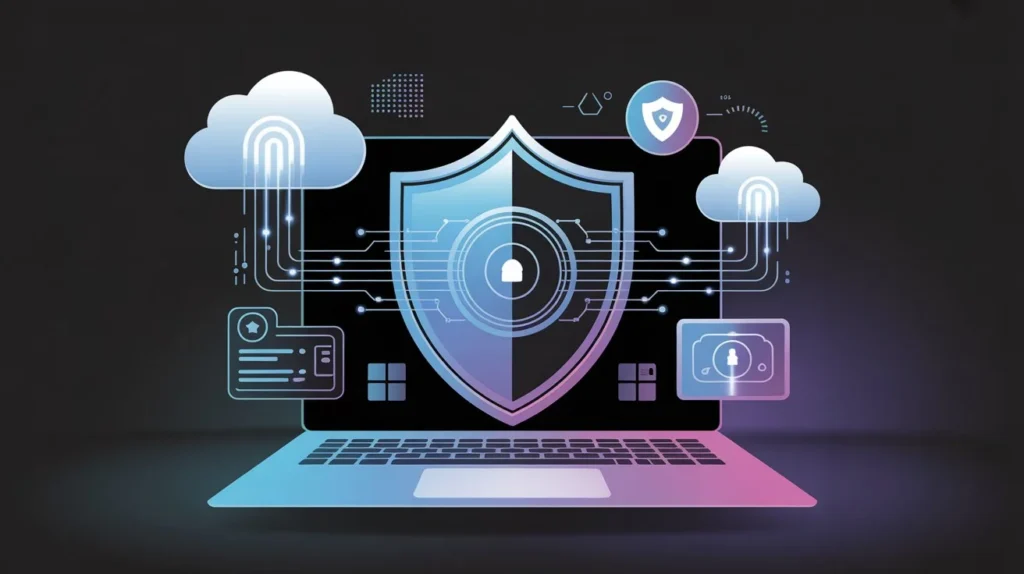
Challenges of Cybersecurity
While cybersecurity is essential, it also faces several ongoing challenges that make it complex to manage:
- Evolving Digital Threat Cybercriminals constantly invent new techniques of attacks. Organizations need to keep their defenses updated constantly to keep up with the new threats that include ransomware, phishing, and computer-based attacks powered by AI.
- Human Error Even with the best security tools, one careless click on a malicious link can compromise an entire network. Training employees and promoting cyber awareness is critical but remains a constant challenge.
- Lack of Skilled Professionals Organizations struggle to develop robust defense teams because there is a worldwide lack of cybersecurity specialists.This gap makes it vulnerable, particularly to the small and medium business.
- Complex IT Environments Contemporary companies depend on several systems such as cloud systems, mobile devices, and remote networks.It may be challenging and time-consuming to control and protect all of these related environments.
- Balancing Security with Usability Security measures must protect data without hindering productivity. Finding the right balance between accessibility and safety is an ongoing challenge for IT teams.
The Key Pillars of Cybersecurity
Cybersecurity covers multiple layers of defense. The main pillars include:
- Network Security: Protects data during transmission between devices.
- Application Security: Secures software and apps from vulnerabilities.
- Cloud Security: Safeguards sensitive data stored in cloud environments.
- Endpoint Security: Protects individual devices like laptops and phones.
- Data Security: Keeps stored data safe from unauthorized use.
- Operational Security: Defines how data is handled and accessed within organizations.
Cyber-Attack vs. Security Breach
Although they are often used interchangeably, there’s a key difference between a cyber-attack and a security breach.
- A cyber-attack is the attempt to gain unauthorized access or cause harm.
- A security breach occurs when the attack is successful, meaning the system or data has been compromised.
Cybersecurity Best Practices to Prevent Breaches
To minimize the risk of cyber threats, organizations and individuals can follow several best practices:
- Use Strong Passwords:Do not use simple or common passwords.Use a combination of letters, numbers and symbols to increase security.
- Enable Multi-Factor Authentication (MFA): Adds an extra layer of security beyond just a password.
- Keep Systems Updated: Regularly install updates and security patches to close potential vulnerabilities.
- Train Employees: Conduct cybersecurity awareness sessions to prevent phishing and social engineering attacks.
- Backup Data Regularly: Maintain secure backups to restore systems quickly in case of ransomware or hardware failure.
- Use Firewalls and Antivirus Software: Create barriers against unauthorized access and detect threats early.
- Limit Access:Only users who require data and systems should be granted access.
- Monitor Network Activity: Use real-time monitoring to detect and respond to unusual behavior quickly.
Why Cybersecurity Matters for Everyone
Cybersecurity isn’t just for big companies. Every individual who uses a smartphone, social media, or online payment system relies on it daily. A single weak password or an unchecked email can lead to identity theft or financial loss. In a world where cybercrime is growing, being aware and protected is no longer optional , it’s essential.
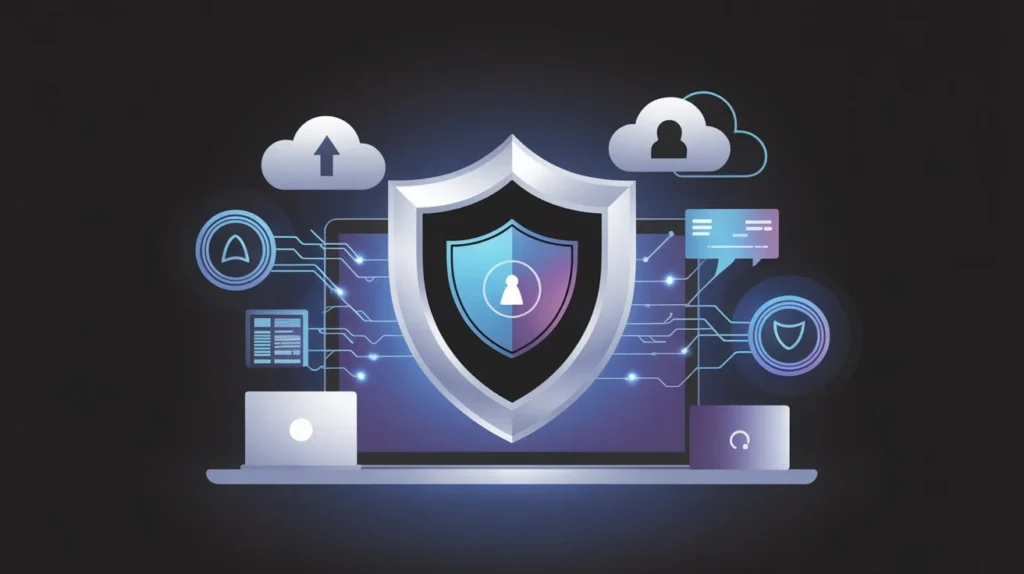
The Future of Cybersecurity
Cyber threats change as technology changes. The future of cybersecurity will rely on the use of AI-based defense mechanisms, zero-trust systems, and more robust regulations at the international level. It is not merely to react to attacks but preempt and avoid attacks before they occur.
Final Thoughts
Cybersecurity is more than just a technical concept. it’s the foundation of digital trust. It keeps your private information private, your devices safe, and your online experiences secure. From individuals to global enterprises, everyone benefits from the unseen power of cybersecurity. Protecting your digital life is just as important as locking your front door.
We provide comprehensive cybersecurity services designed to defend your business against evolving cyber threats. Our expert team ensures your organization stays one step ahead of attackers. With our proactive approach, you can focus on growth while we handle your security.

